3 times YES, 3 times NO. I spent two weeks with Fuji X-T30
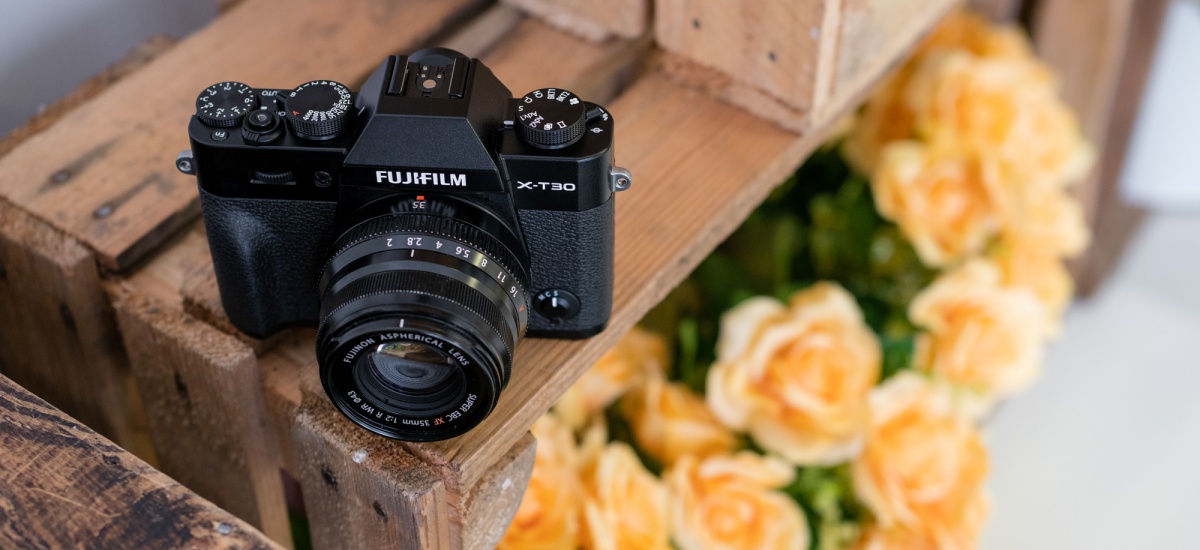
I spent two weeks with Fuji X-T30. This camera is completely out of my fairy tale, which ... completely charmed me.
I'm not a fan of the so-called "Travel cameras", I will not hide it. Small, uncomfortable, in most cases made just like this and doing such pictures.
I knew, however, that the Fuji cameras are a bit different, especially since I heard a lot of good things about Fuji X-T20 from many people. And when Fuji showed the new model, X-T30, I knew I wanted to check it out.
After nearly two weeks of communing with this camera, I must admit that if every "travel camera" looked and acted, the world of photography would be a much more beautiful place.
I will not cover you with technical specifications and details here - I will not send you back to the first impressions written by Krzysiek Basel. Here we will focus on three things that I liked very much about the Fuji X-T30 and three that could be improved.
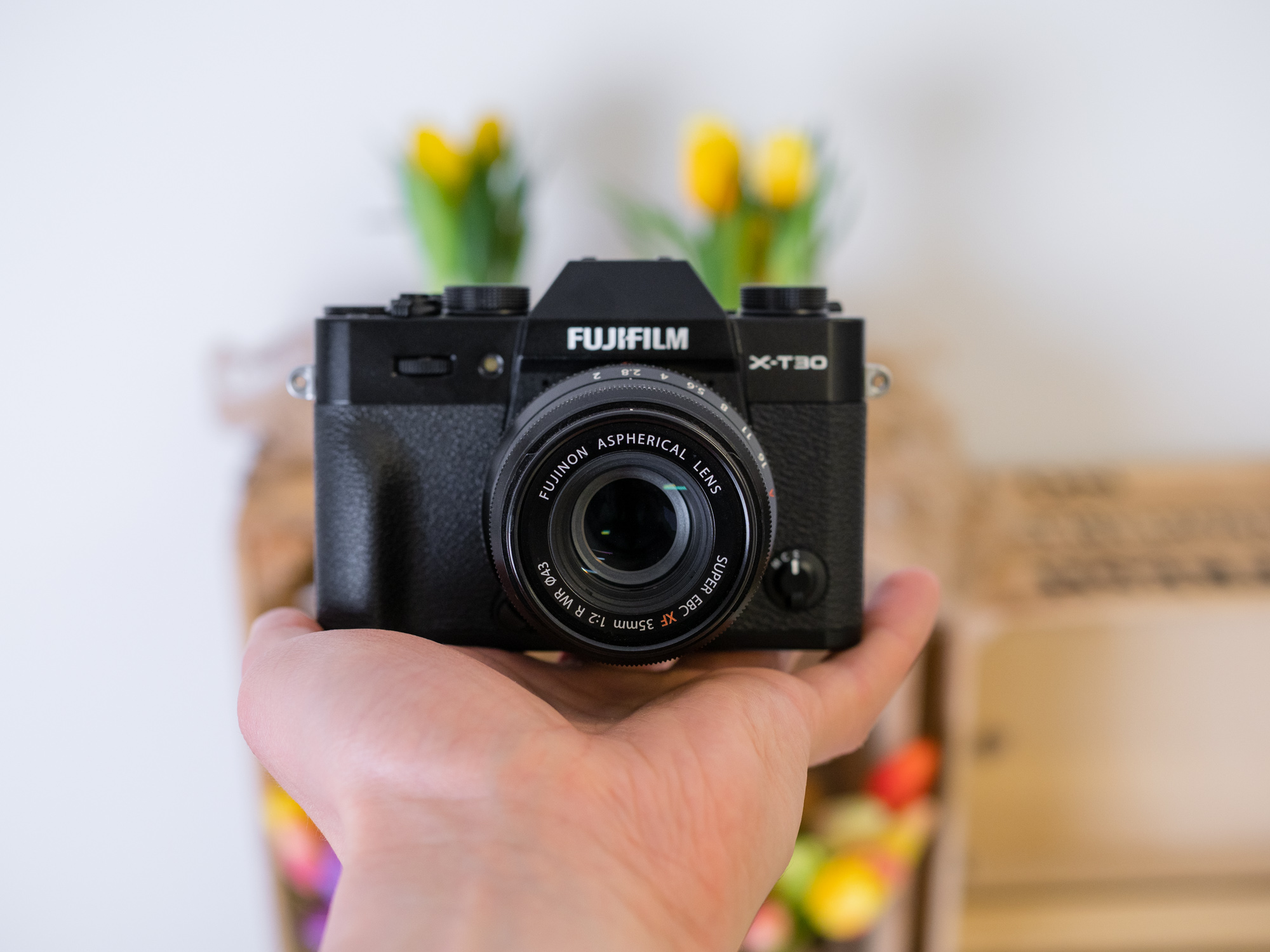
The first YES - quality and service.
Most of the small travel cameras are cheesy, plastic toys, tragic in terms of ergonomics. Fuji X-T30 is their exact opposite.
The body is extremely solid and despite its small size (118.4 x 82.8 x 46.8 mm) and a relatively small mass (383 g) it makes an excellent impression in the hand. Nothing creaks, and if I were to summarize the feelings of communing with X-T30 in one sentence, it would be "miniature X-T3".
For full happiness, I only lacked body seals, which would be useful in such an apparatus, so that I could pull it out without stress, for example in the rain.
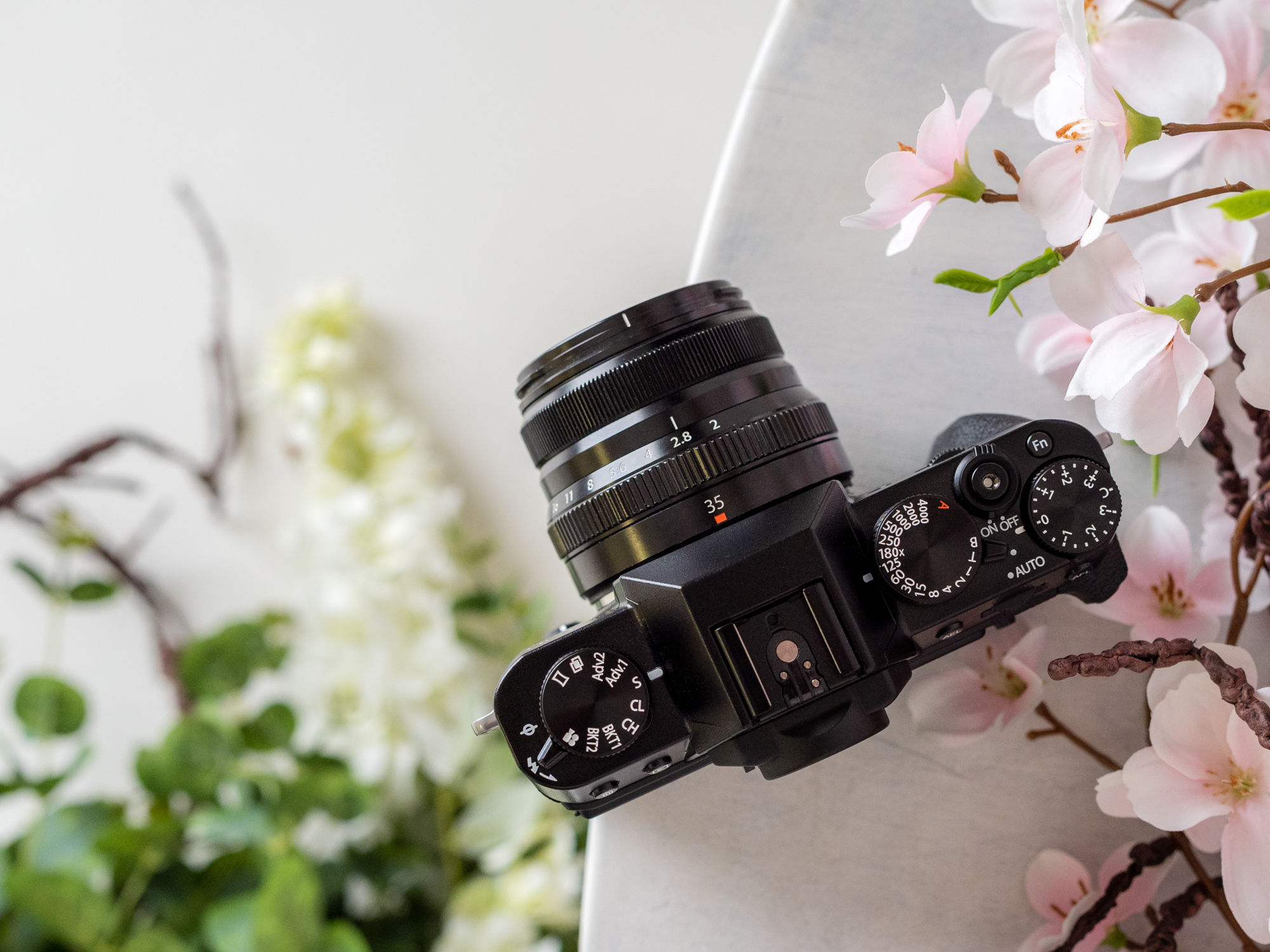
In terms of ergonomics, the Fuji X-T30 is also (almost) exemplary. I am currently testing two other Fuji bodies, this time from a professional shelf, and I am surprised to say that the convenience of service in the small "amateur" X-T30 was higher. The buttons and knobs make a really great impression, and the handling of the exposure triangle using the ISO dial under the thumb, the shutter speed dial on the top of the case and the lens aperture ring quickly gets into the bloodstream.
And all that we can not access under a dedicated button or knob, we can quickly configure by pressing the Q button just under the thumb, calling the pop-up menu. Very useful.
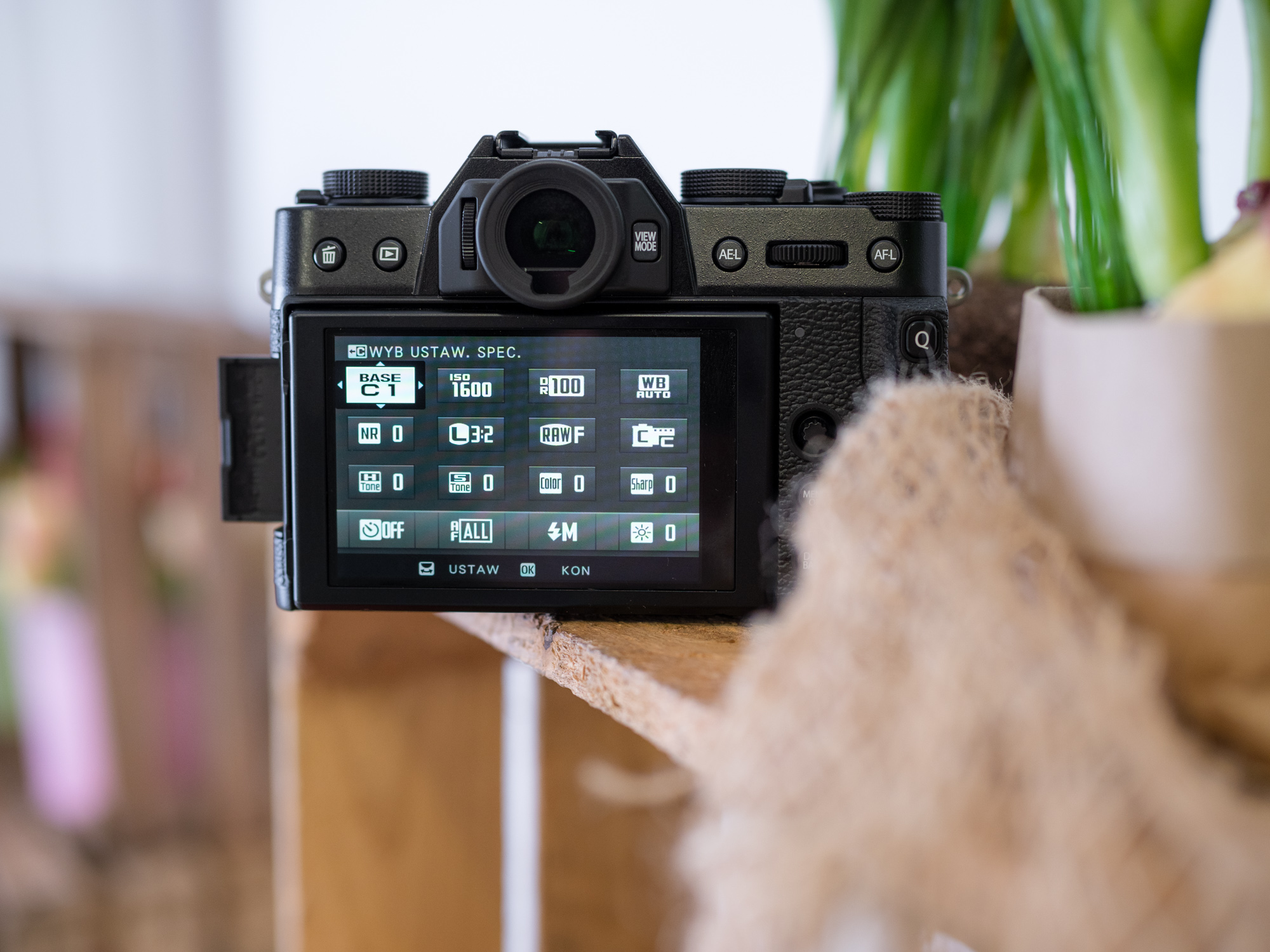
The only objection I have to the X-T30 from the ergonomic side is the position of the joystick. This should be placed about a centimeter higher so that the camera can be used with one hand. Unfortunately, the grip is too shallow for the thumb to move away from the case and reach the joystick to keep the camera in place.
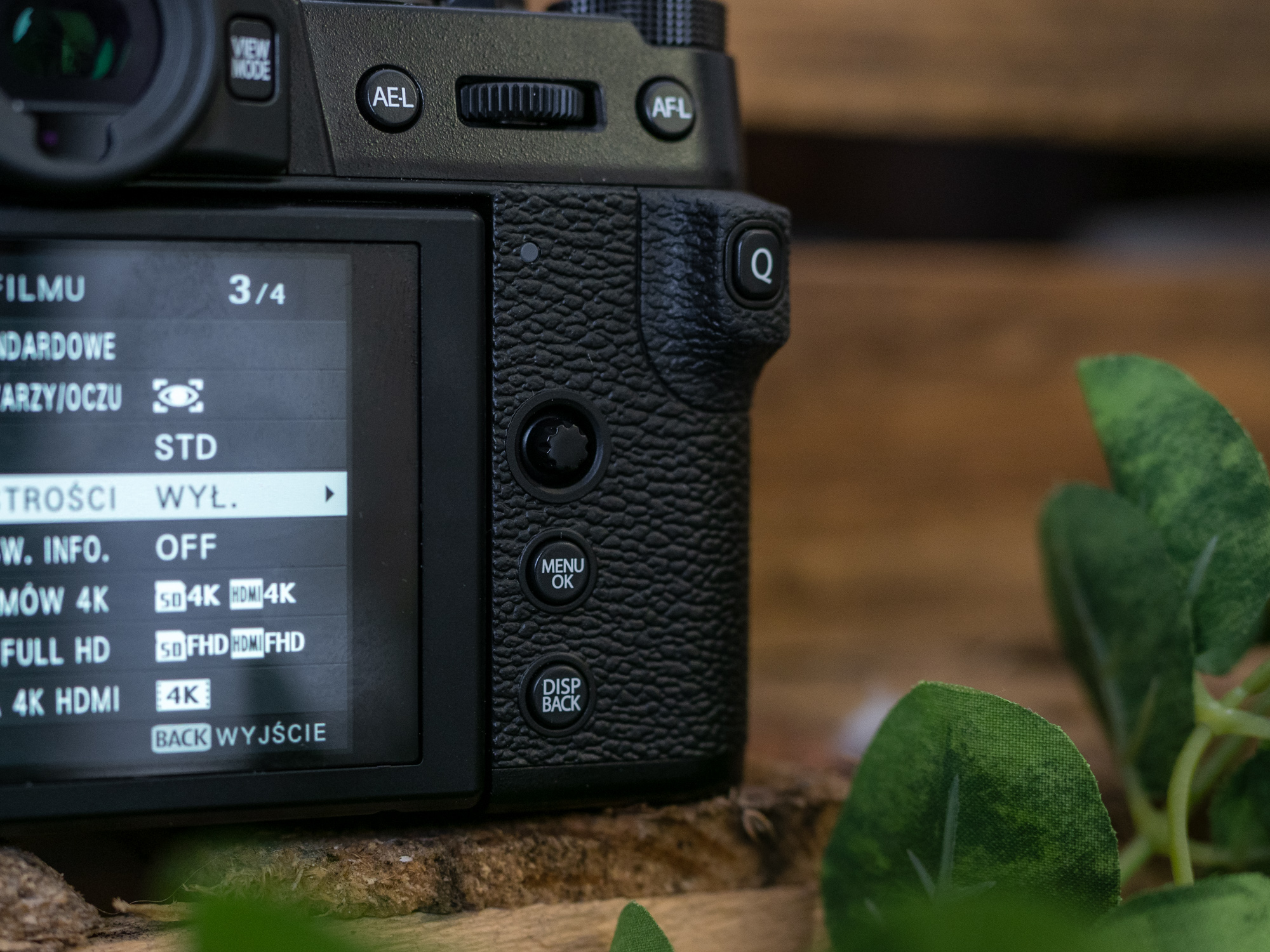
However, I have no comments. From the side of the X-T30, he performed excellently, especially connected to the Fujinon 35 mm f / 2.0 WR lens. In general, I have the impression that if someone decides to buy a small Fuji, the set should just buy glasses from this series, because they perfectly match the dimensions and capabilities of the X-T30.
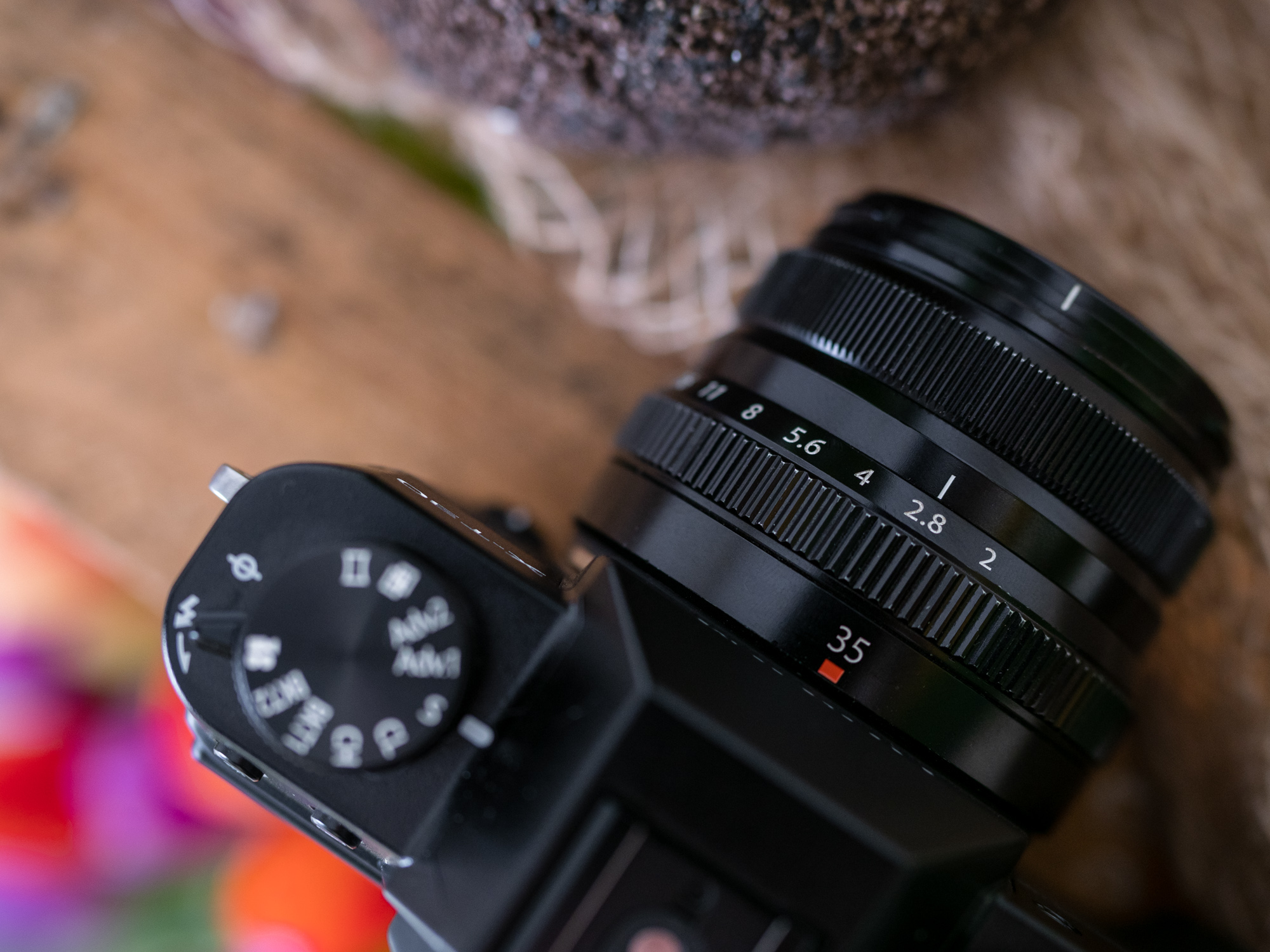
Well, let's say it honestly - does not this camera look beautiful?
Second YES - picture quality.
Fujifilm matrixes circulate among legendary photographers. And now I understand why.
In X-T30 we deal with the X-Trans sensor with a resolution of 26.1 megapixels - the same as in the top Fuji X-T3. I am not surprised that Krzysztof Basel in the review of X-T3 wrote that he does not miss the full frame. Although the dies in the X-T30 and X-T3 are APS-C sensors, their quality, color reproduction and image plasticity at first glance are not inferior to the best full frame sensors.

Can you see the difference in noise and depth of field? Of course. The affected eye will easily notice that the background blur (especially with the f / 2.0 lens) is different from the creamy full frame boke. And there is nothing to cheat - noise above ISO 6400 is clear and much more severe than in full frame.
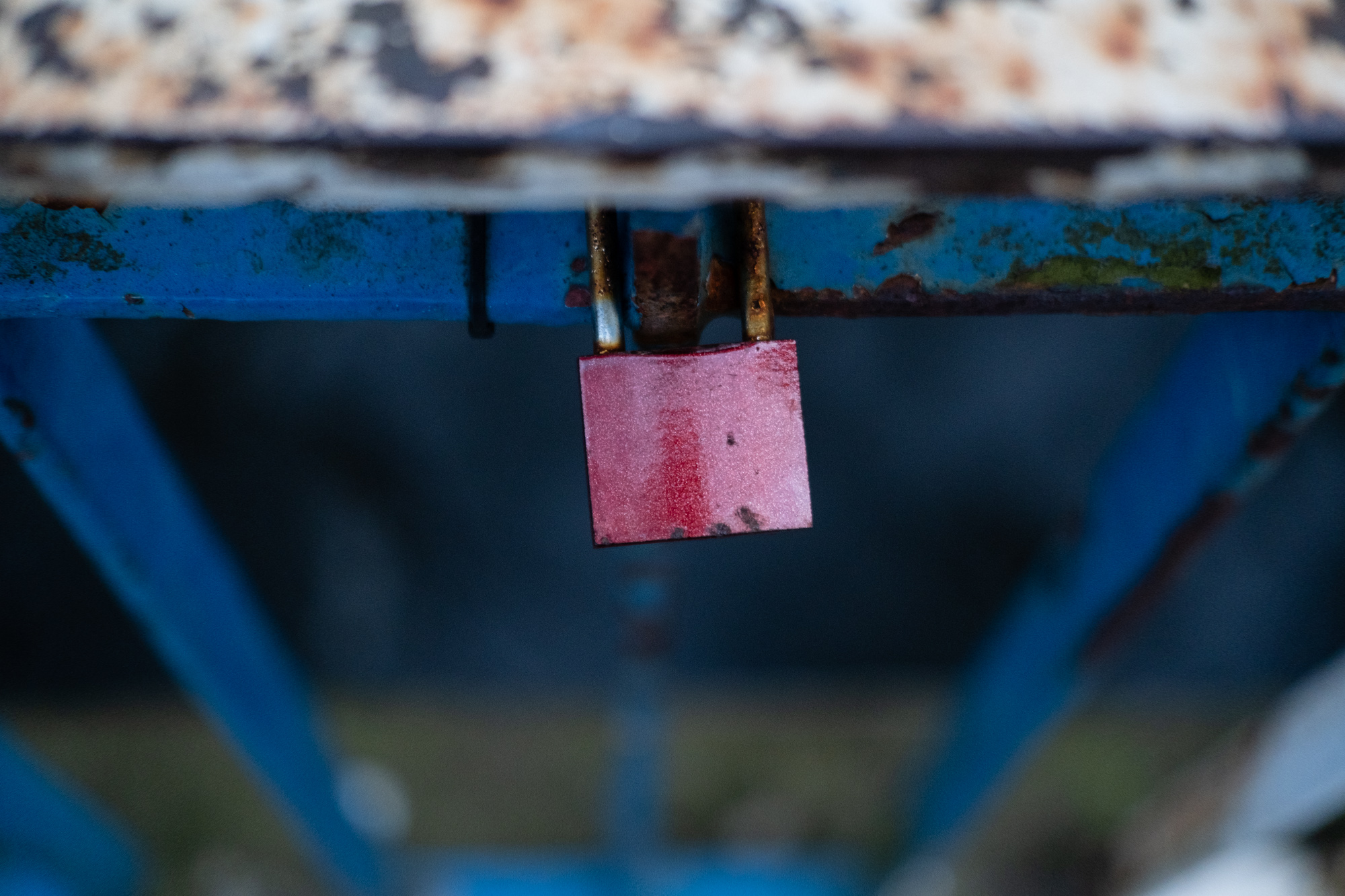
Fortunately, in the case of the Fuji X-T30, these differences can be considered irrelevant. The picture is beautiful anyway. Bokeh is beautiful. Noise has a pleasant structure, they do not interfere in any way, and - unlike, for example, micro 4/3 matrices - pictures taken at ISO 6400 and above do not lose much detail.




Thanks to the two weeks with the Fuji X-T30, I also understand what all the fans of "Fujifilm colors" are all about. Indeed, there is something about it that the colors captured by the X-Trans dies look simply better than in many professional cameras, especially those from Sony. By putting raw RAWs into the Lightroom, I spent less time on them than with many other cameras to achieve satisfying results. Basically, I did not have to touch the HSL panel - the "straight from the can" color was perfect in 9/10 cases.



For the sake of balance, I will say that the "legendary" JPEG files in Fuji X-T30 have not caught my heart at all. Ok, simulations of different types of film are cool and are probably useful if someone just wants to snap photos on the machine.
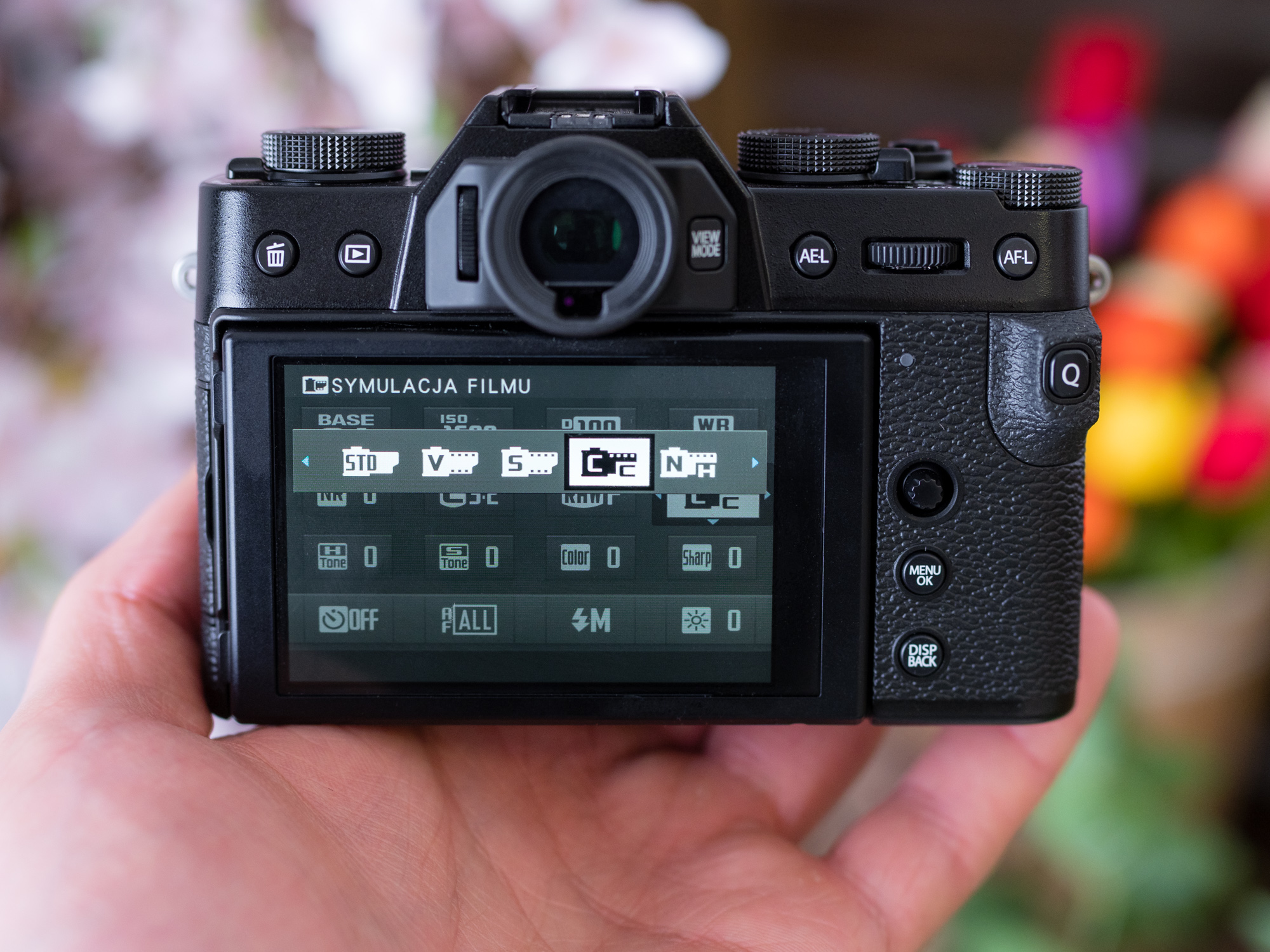
However, they do not have a chance against the RAW-induced ones, especially in scenes with a wide tonal range, for example when we shoot under the sun and set the exposure for x-rays, and then draw the shadows. JPEGs in Fuji have decent colors, but they still give way to RAW in every other respect.
However, if we stay with "raw" and photographing on manual settings, Fuji X-T30 produces amazingly beautiful results, especially paired with a good lens.
Third YES - autofocus in single mode.
As I mentioned, I'm currently testing two other professional Fuji bodies - X-Pro2 and X-H1. And I'm surprised to find that the Fuji X-T30 has a better autofocus than them. And it is not a "bit" better, and much, much better.
In single mode, autofocus in the Fuji X-T30 is essentially flawless. AF points cover practically 100%. frame and regardless of the selected focus mode, they work flawlessly. In single mode, I could be sure of every shot and not only during the day, but also after dark, because the effectiveness of the AF reaches -3 EV. I regret that I had only 35 mm f / 2.0 available, which - although it sharpens quickly - is quite soft, especially at the edges of the frame, which does not fully reflect the quality that X-T30 is able to achieve.
The Fuji X-T30 also features face and eye recognition. We can even set whether the AF should follow the left or right eye. In single AF mode, the recognition of the face and the eye works perfectly, recognizing not only people but, for example ... statues or photos on which people are (although as a holder of two cats and a dog I regret not recognizing animal faces). I feel something that this mode will be the most popular among those consumers who decide to buy the Fuji X-T30 as a camera for travel and family photos.
It is a pity that not every AF mode works equally pink. Which brings me to the flaws of the Fuji X-T30.
First NO - autofocus in continuous mode.
When you switch to continuous mode, the situation with AF changes dramatically. Every day I photograph Nikon SLR and Olympus EM-1 mk II in a different way - in both the continuous AF mode works perfectly, especially in Olympus, which in principle always hits. Against them, the Fuji X-T30 falls ... pale.
Face recognition mode in AF-C is no longer usable. The camera is notoriously lost and sometimes has a problem with face recognition (this problem, I suspect, can be easily eliminated by updating the firmware).
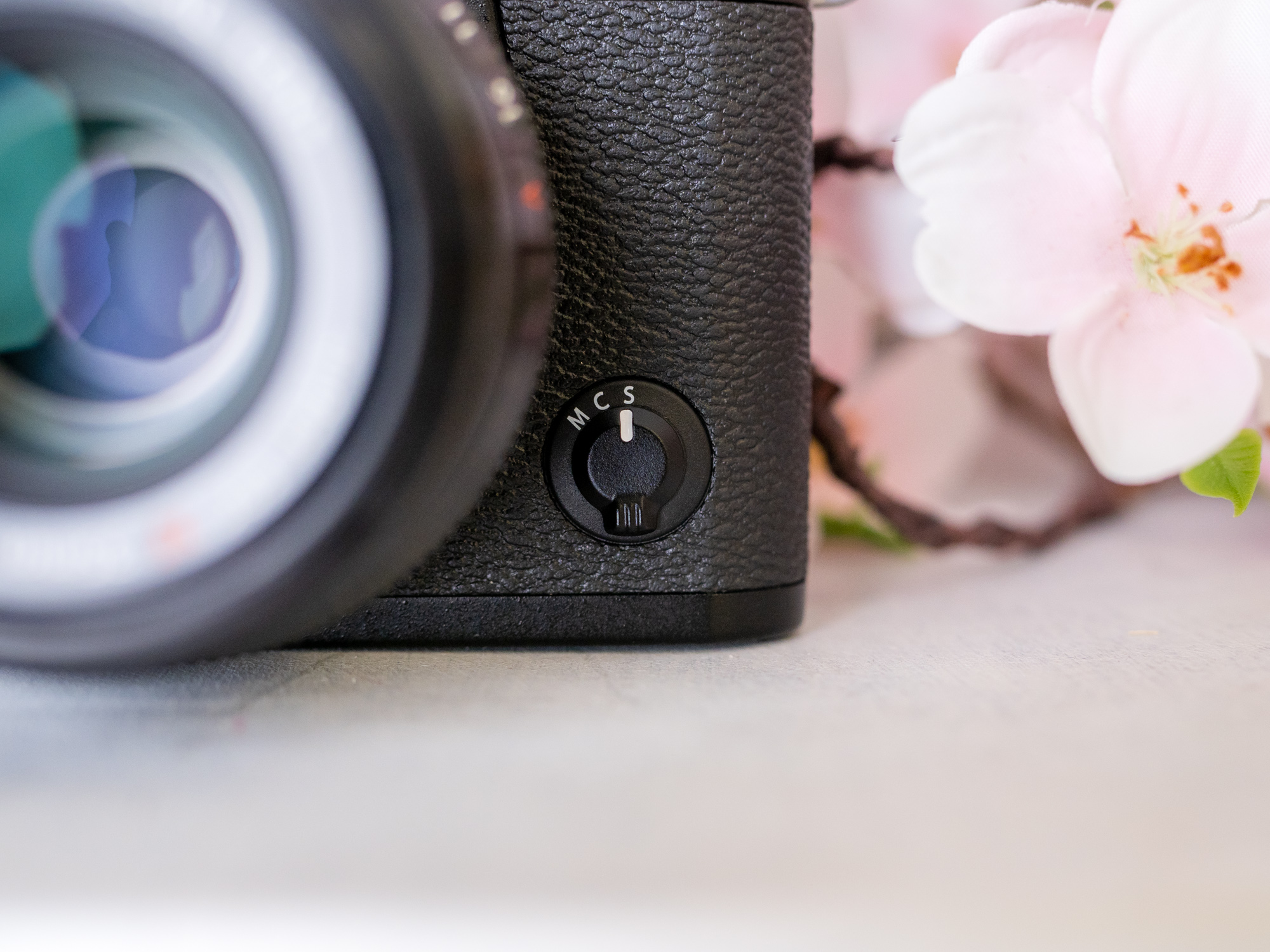
After switching to autofocus mode, it's a bit better, but ... just a small bit. On default settings Fuji X-T30 could miss in 14 shots on the 16th in the series. What is so painful, that using a mechanical shutter and full resolution we can photograph it at a speed of up to 8 fps (up to 30 fps with an electronic shutter).
The situation improves when we play in the settings. Except that it is extremely impractical that in any situation you have to resort to settings to change the AF-C operating mode. Another setting must be used to track objects that are approaching in a straight line. Another setting for objects moving along the frame. It's horribly impractical and ultimately I stopped using the AF-C in the Fuji X-T30, because the number of missed or even missed frames (missed during burying in the settings) was so great that it was possible to stay in AF-S mode.
Second NO - lack of matrix stabilization.
Ok, this point is clumsy, but it must be emphasized - Fuji X-T30 does not have a stabilized matrix, and most Fujinon lenses do not have built-in stabilization. As a result, we can forget about the frames with exposure time close to the second "at hand", as well as filming without the use of an additional stabilizer.
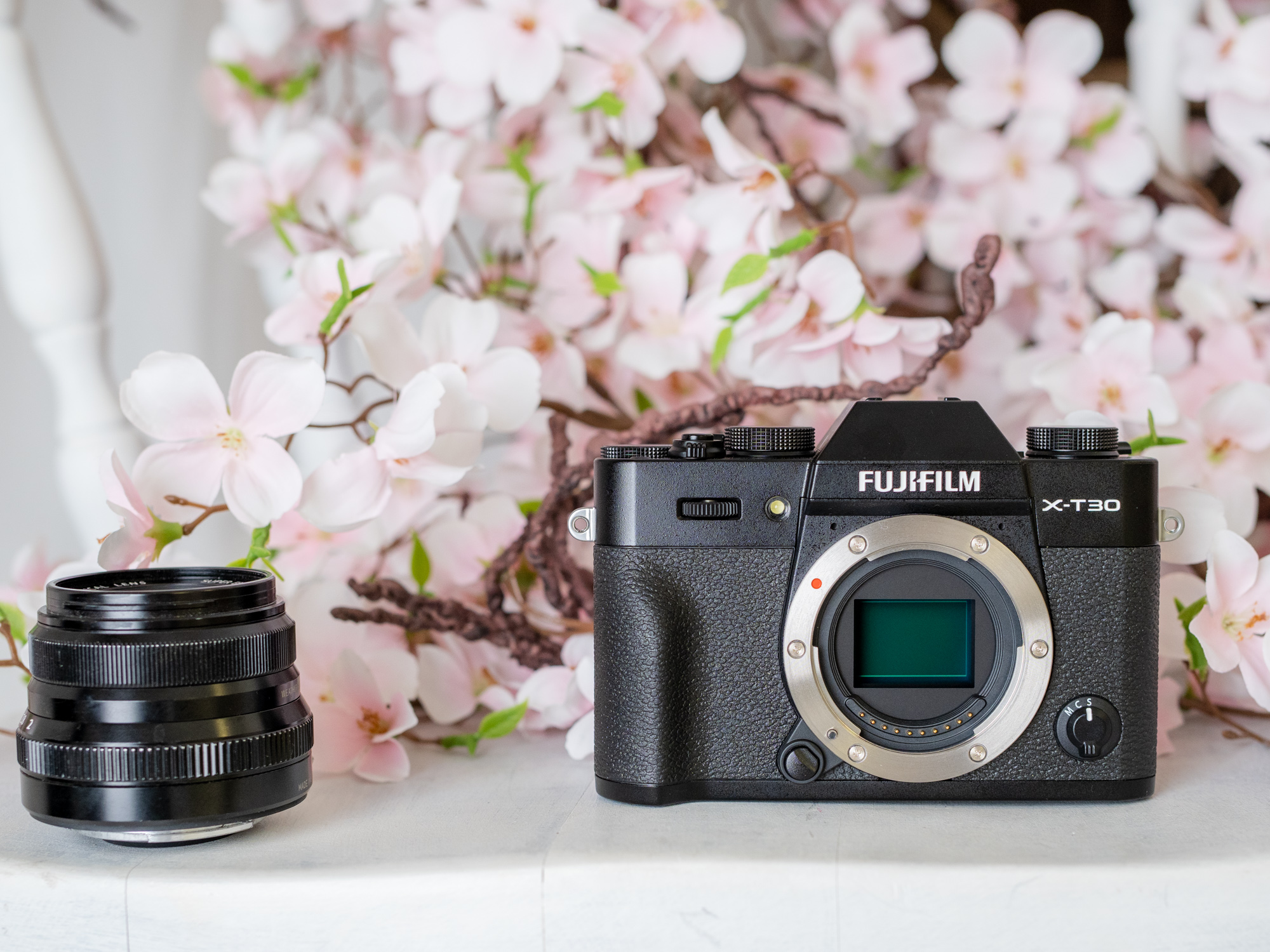
It is a pity, because the stabilization can be found in the micro-3/4 or Lumiksi GX9 and Olympus EM-5 mkII. Lack of stabilization also cooled my enthusiasm for filming with this camera. I do not have a gimbal, and I do not wear a tripod with me since I use Olympus. But sadly, the sad truth is that the beautiful picture produced by the X-Trans matrix, with the Eterna film profile, in 4K, is ... completely useless if it has not been recorded from a tripod or gimbal.
Third NO - working time on one charge.
Let me put it straight - when you buy a Fuji X-T30, you need to buy 2-3 spare batteries or a big powerbank straight away, there is no road around.
The manufacturer declares that the X-T30 battery is enough for over 200 photos. Well ... maybe it is in ordinary mode, but in the mode of increased efficiency I managed to get only 120-130 photos.
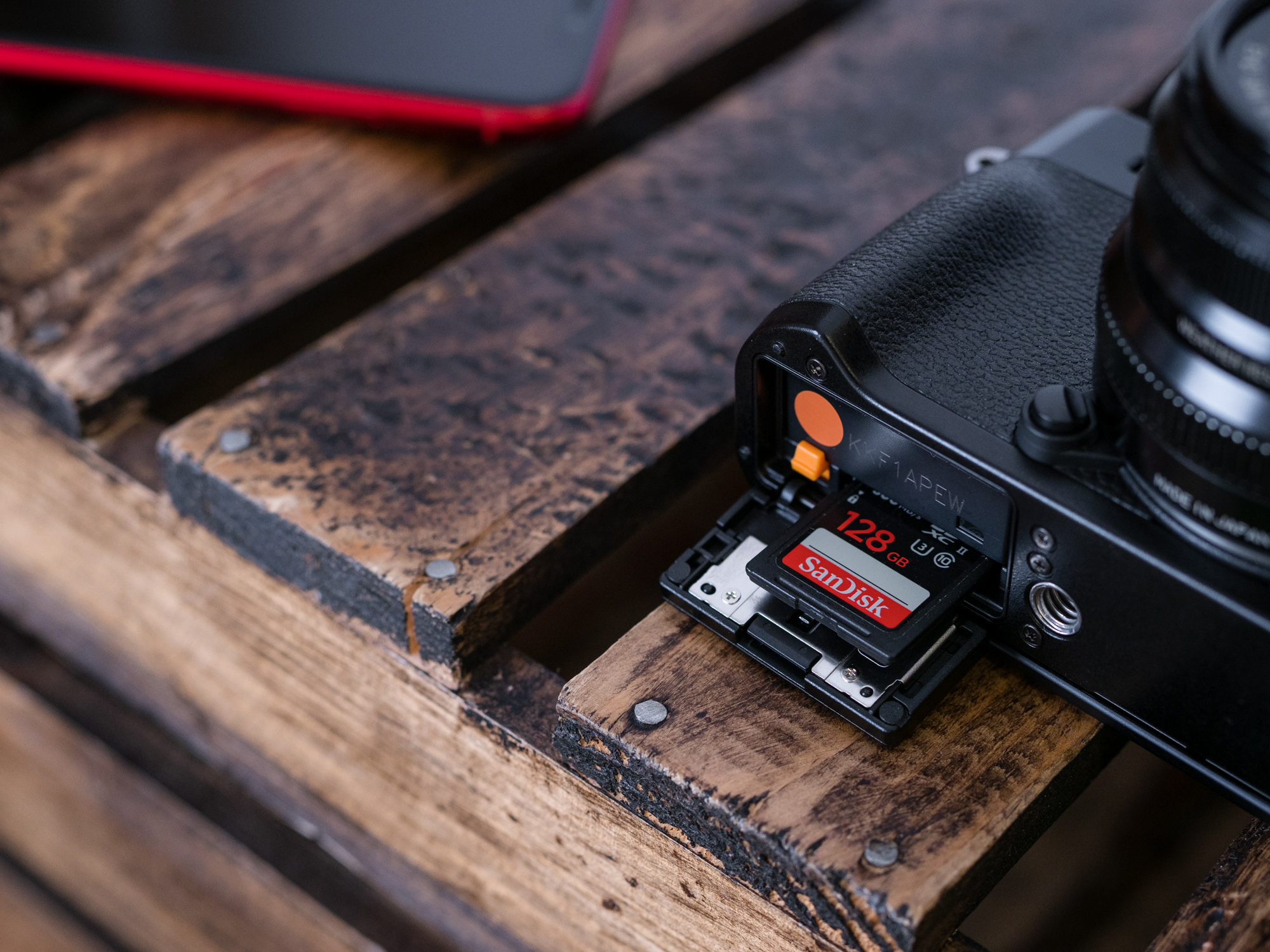
And unfortunately, using this mode of increased efficiency I consider the apparatus an absolute mousse. Without this, we are doomed to notorious "cuts" in the display and the viewfinder, which should not take place in the camera for more than 4000 zlotys. Switching the camera to high-performance mode reduces these problems to zero - at the expense of working time.
It's so good that the camera can be charged like a smartphone with a USB-C connector. So if you plan longer journeys with this camera, it is better to immediately buy either spare batteries or a large powerbank.
Unfortunately, I could not check the Bluetooth connection in the Fuji X-T30.
Despite hard attempts, the Fuji Camera Remote application stubbornly refused to cooperate on both the XR iPhone and on three Android smartphones, on which I tried to force her to obey. The iPhone could not be connected to the camera at all (status froze on the "connecting" message), while on Android, every attempt to flip images from X-T30 ended with closing the application and an error message.
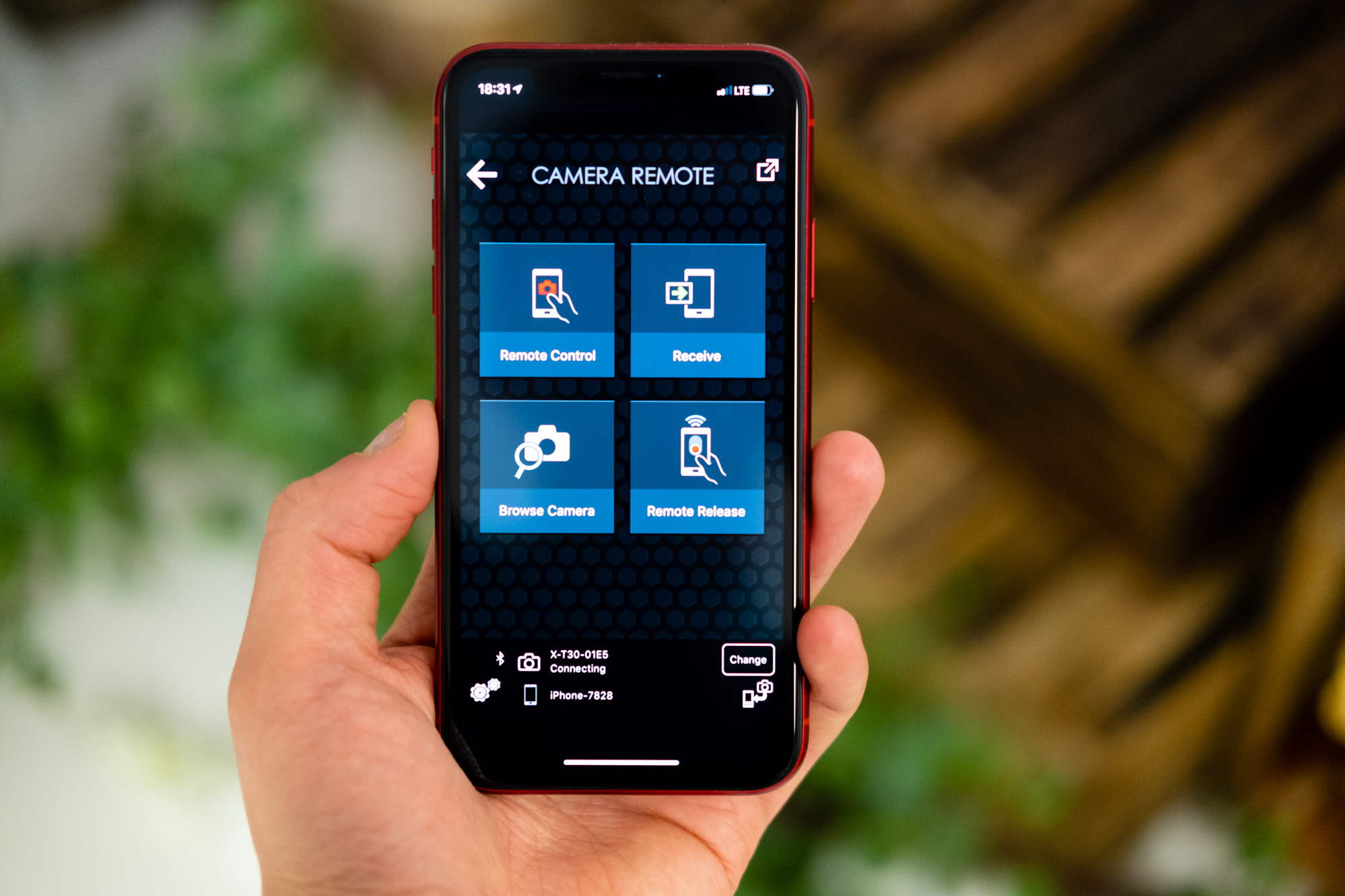
It is a pity, because the X-T30 seems to be a camera designed to send photos to a smartphone and publish them directly in social media. I can not say, however, that Fuji will be isolated in this aspect - the applications of all camera makers are equally susceptible and all look like they were designed by a team in the basement since 1999, without access to new stylistic guidelines.
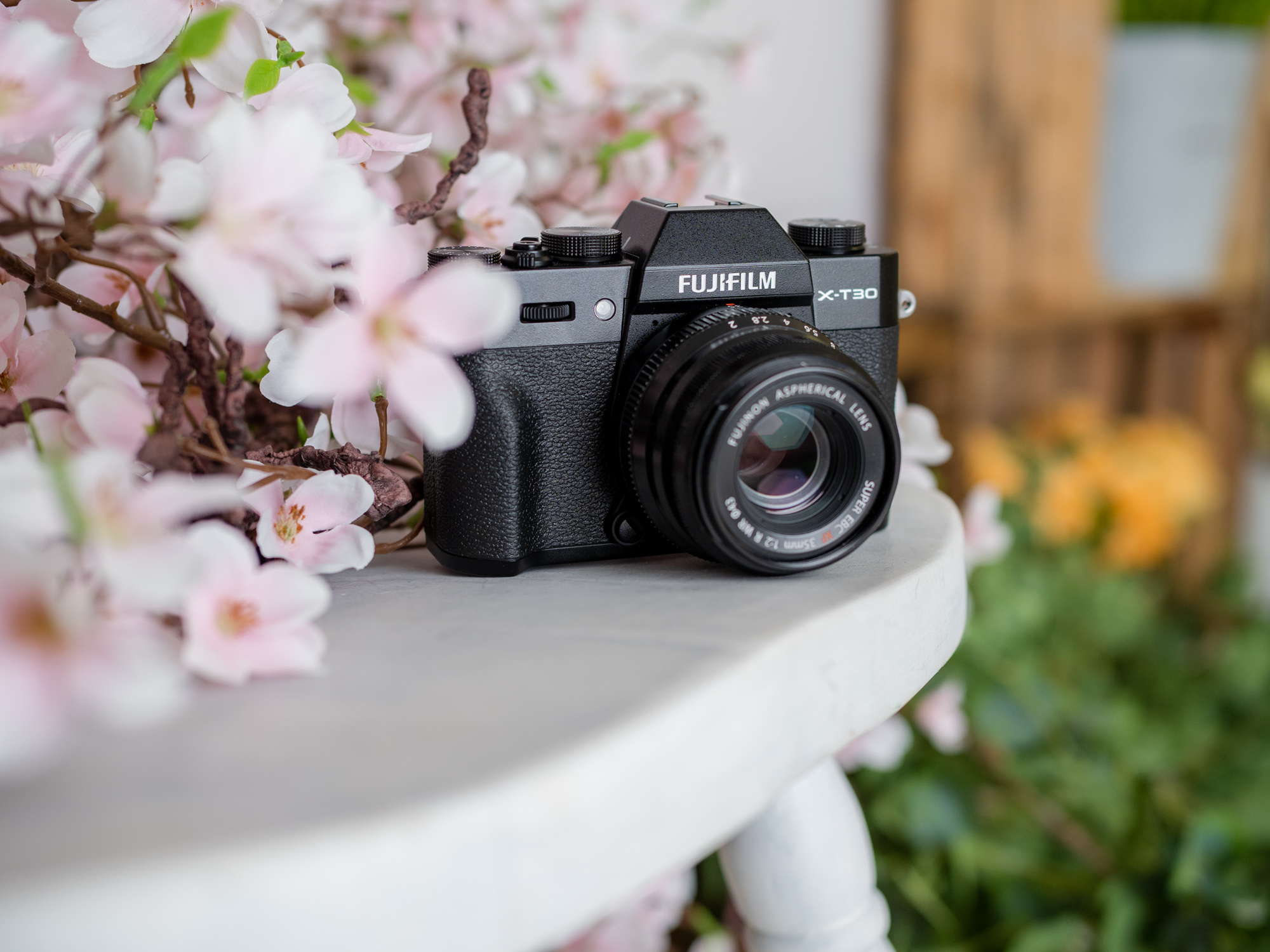
Fuji X-T30 - to buy or not to buy?
Buy, definitely, if only the budget allows. X-T30 is a great departure device, weighing so much as nothing that can be pressed into the pocket of a jacket. It looks beautiful, it is solidly made and takes pictures in a quality unavailable for any other camera with such dimensions.
I certainly do not recommend it to professionals, unless as a backup (unless there is no double slot for memory cards and a thin battery is not an obstacle). But for enthusiasts, travelers, or even people who want to start their adventure with photography from a good camera - the Fuji X-T30 will be as it was found.
4000 zlotys is a lot like a tiny camera. But given the enormous potential of this small corpus, I must admit with absolute certainty that the Fuji X-T30 is worth the money.
3 times YES, 3 times NO. I spent two weeks with Fuji X-T30
Comments
Post a Comment